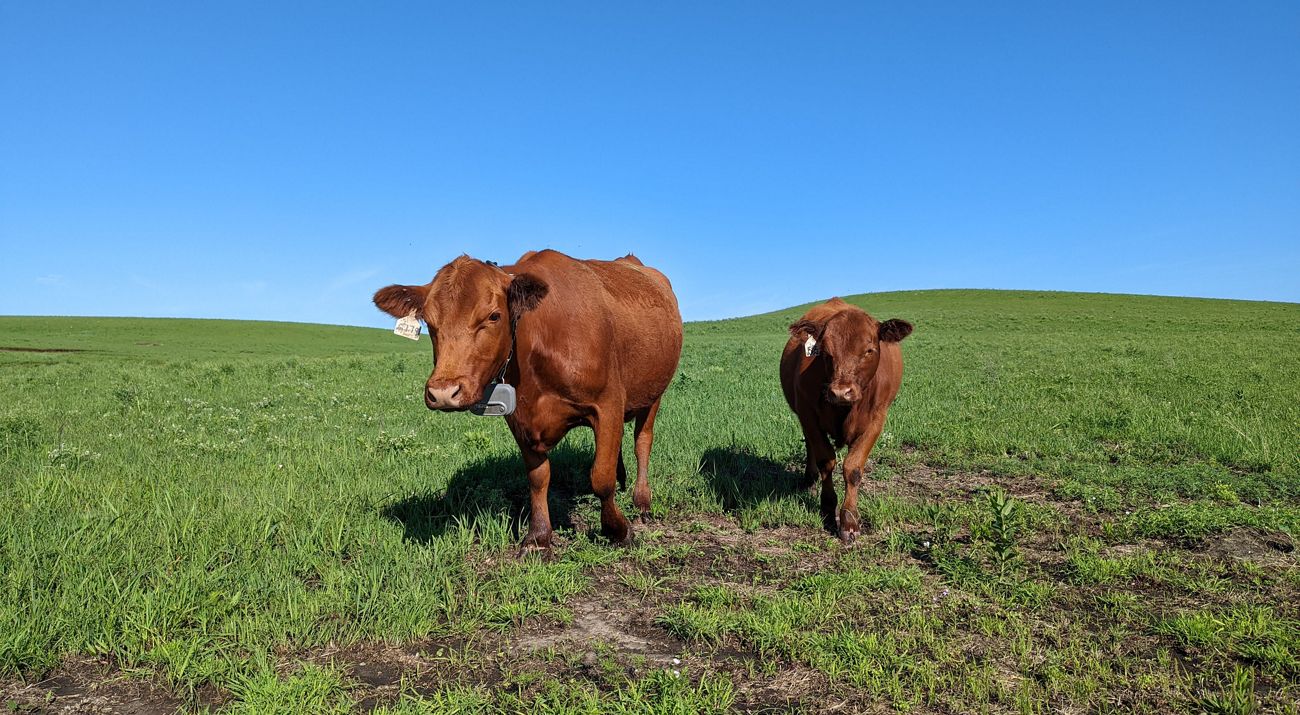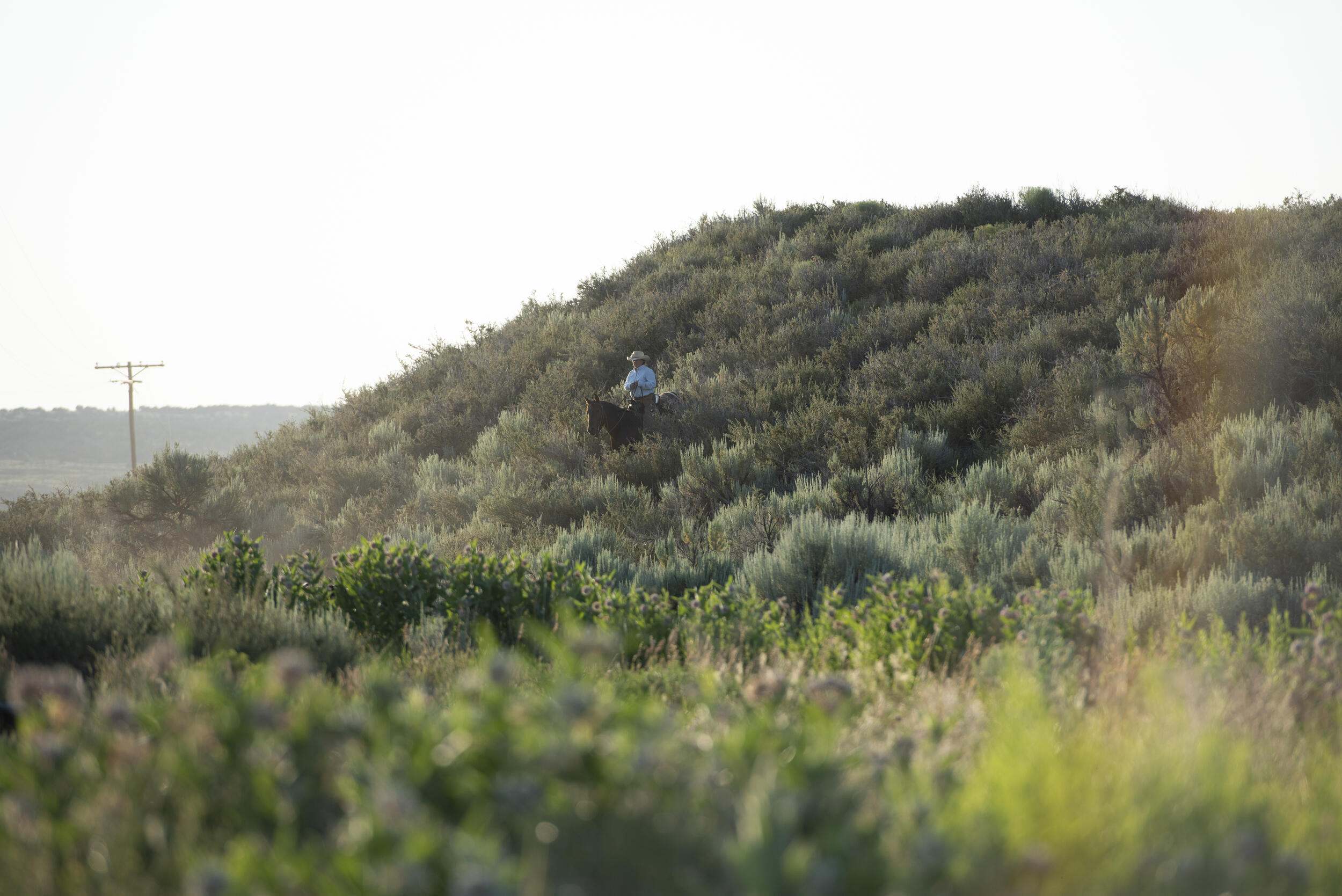- Switch to:
- Overview
- Collaborative Research Pilots
- Iowa Project
Grasslands are among the least protected and most at-risk ecosystems on earth. Yet these lands, which support numerous imperiled species, are a vital resource in addressing climate change, storing up to 20% of the world’s soil organic carbon.
Throughout much of North America, grasslands are also working lands that support large-scale livestock grazing operations. Well-managed, regenerative grazing is essential to the health of these ecosystems, which need periods of disturbance (e.g., hoof and grazing action) followed by periods of rest for optimal soil health and plant growth. By mimicking the historic grazing patterns of wild bison and other native grazers that roamed the Great Plains, modern-day ranchers and land managers can play a vital role in restoring and conserving intact grasslands, making them among our greatest conservation allies.
The Nature Conservancy is working with ranchers and a range of other partners to explore and test new technologies for improved management outcomes—both environmental and economic—on public and private grazing lands. Together, we can improve and protect grasslands while delivering far-reaching benefits for people, climate and nature.
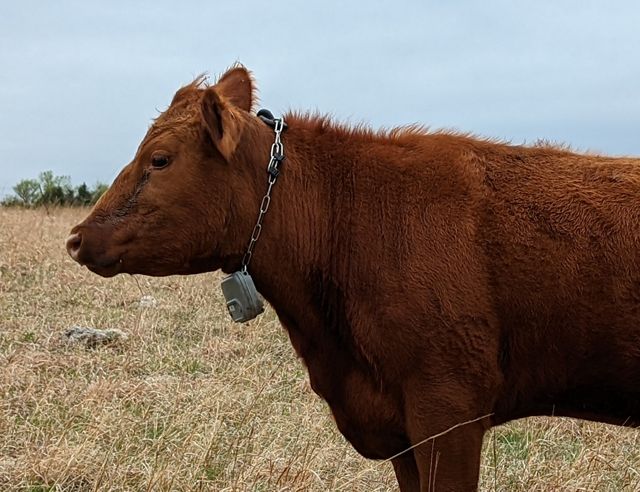
Thinking Outside the Fence
One of the technologies, virtual fencing, is fast emerging as a high-potential tool in the regenerative ranching toolbox. Virtual fences enable ranchers and land managers to remotely monitor and control the timing, location and intensity of grazing activities.
Here’s how it works: The herd is outfitted with battery-operated, GPS-enabled collars that use radio signals to communicate with a base station or cell phone towers. The operator is able to create virtual grazing boundaries on a computer or smart device and upload that data to the collars. When a cow approaches the virtual boundary, the collar emits a sound signaling it to turn around. If the cow proceeds to the boundary, it receives a momentary benign shock, indicating that it’s gone too far. Research shows that the cows are trained in as little as four days to respond to the auditory cues alone.
A Win for Ranchers Is a Win for Nature
Virtual fences have the potential to be an effective, efficient way for ranchers to optimize grazing on grasslands, as they reduce the need for physical fences that require significant time and expense to maintain or replace (often more than $15,000 per mile). Wildlife benefits, too, as their movement is no longer hindered by the physical barrier of a traditional fence.
Land managers can more easily adjust grazing boundaries to adapt to seasonal changes in vegetation and exclude cattle from ecologically sensitive areas due to the flexibility and precision offered by virtual fences.
“At scale, we believe virtual fencing can help land managers better implement management practices that regenerate land health, help address climate change and biodiversity loss, and improve economic outcomes for ranchers,” says William Burnidge, deputy director of TNC’s North America Regenerative Grazing Lands Strategy.
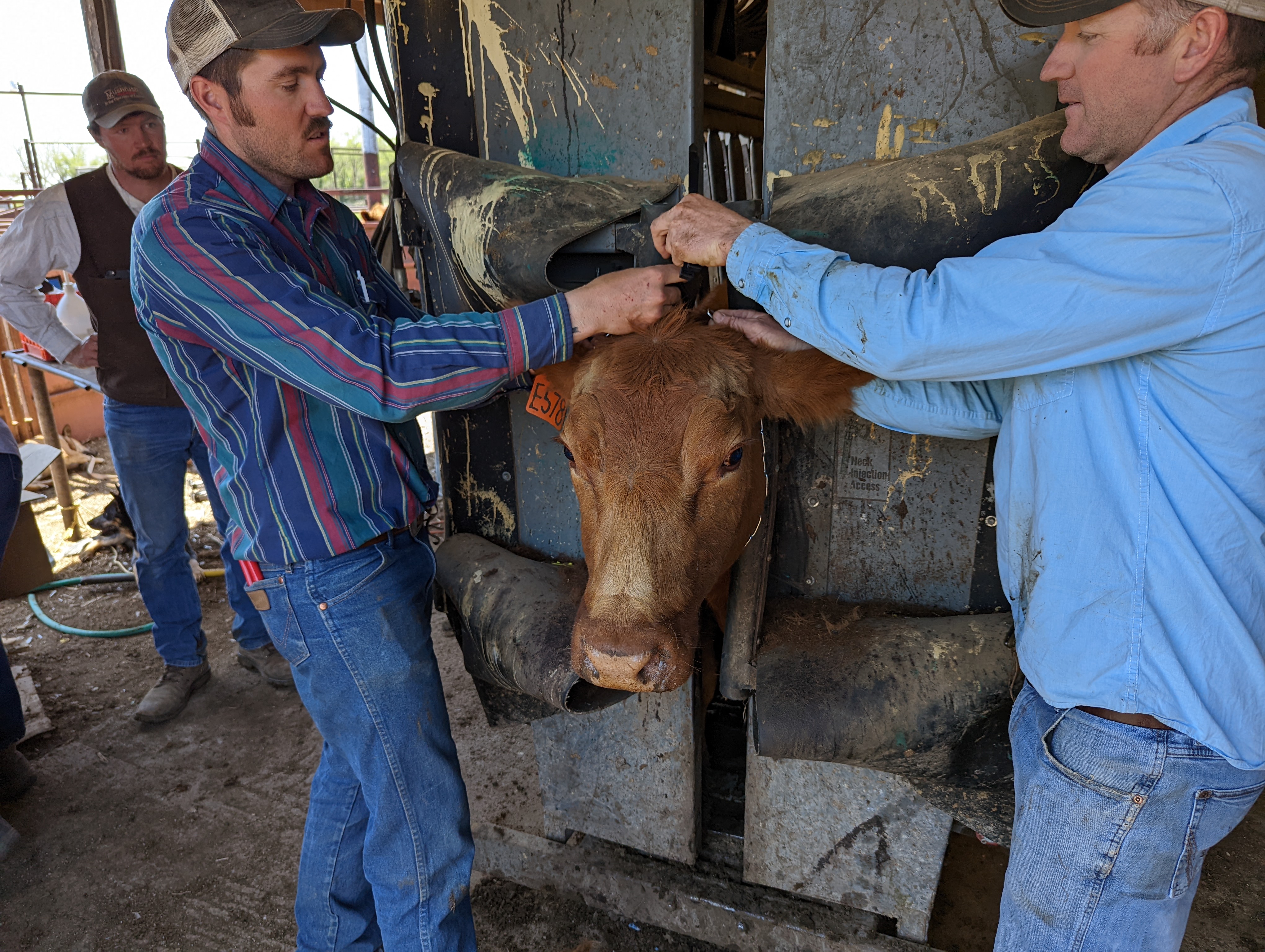
On-the-Ground Implementation
TNC is collaborating with a variety of partners to install virtual fence technology on working grazing lands to evaluate its environmental and economic benefits (and challenges). The findings of these pilot projects will help inform how ranchers and land managers can use this technology to improve their grazing management strategies.
Check out a multi-state 5-year pilot project and a pilot in Iowa.
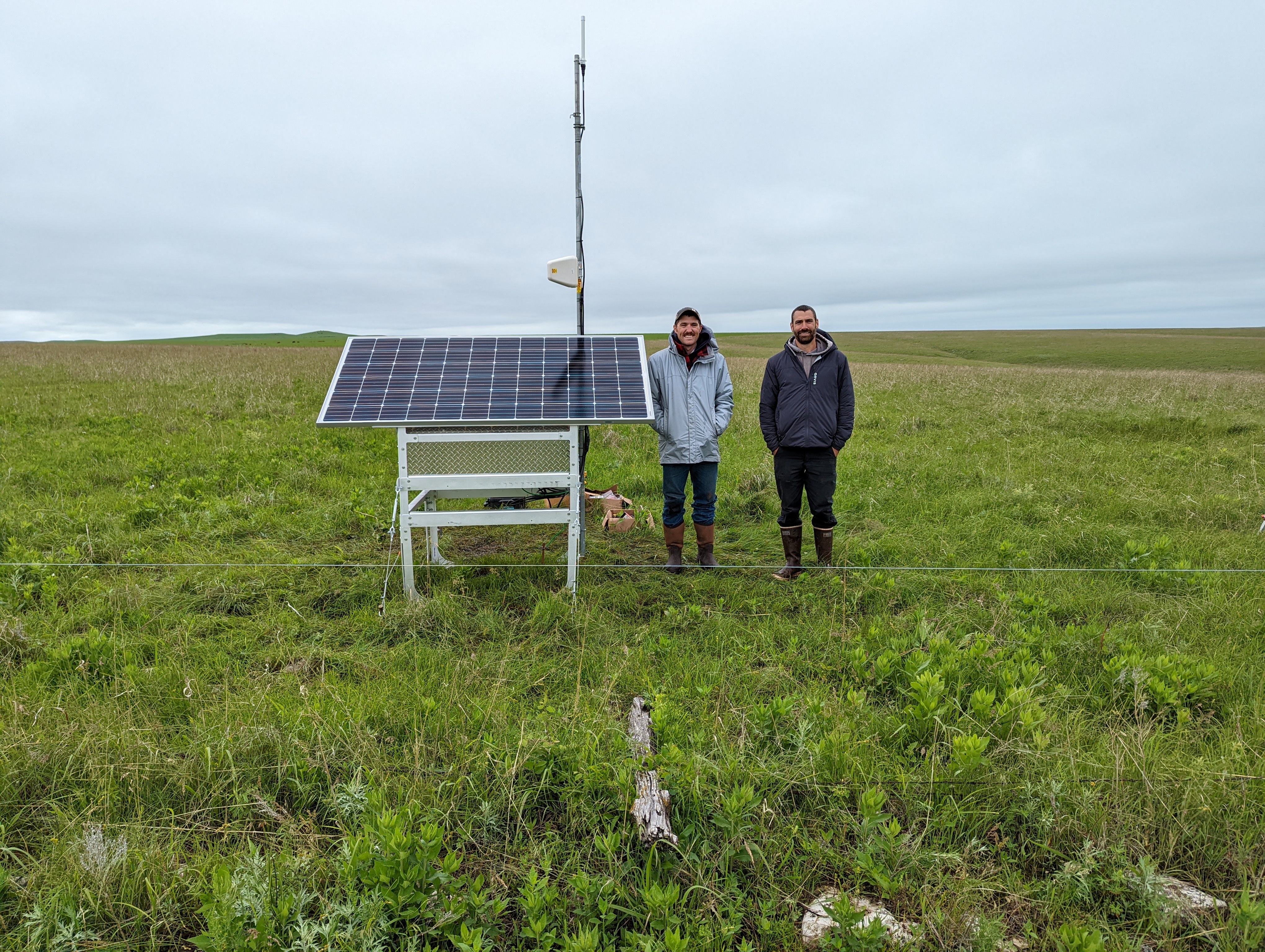
Digital User Guide
TNC collaborated with the University of Arizona and the Virtual Fence Working Group to create a digital Virtual Fence User Guide to equip ranchers and land managers with the tools to use the technology for improved grazing management. The guide includes a range of materials, including videos, geospatial resources, fact sheets and webinars.
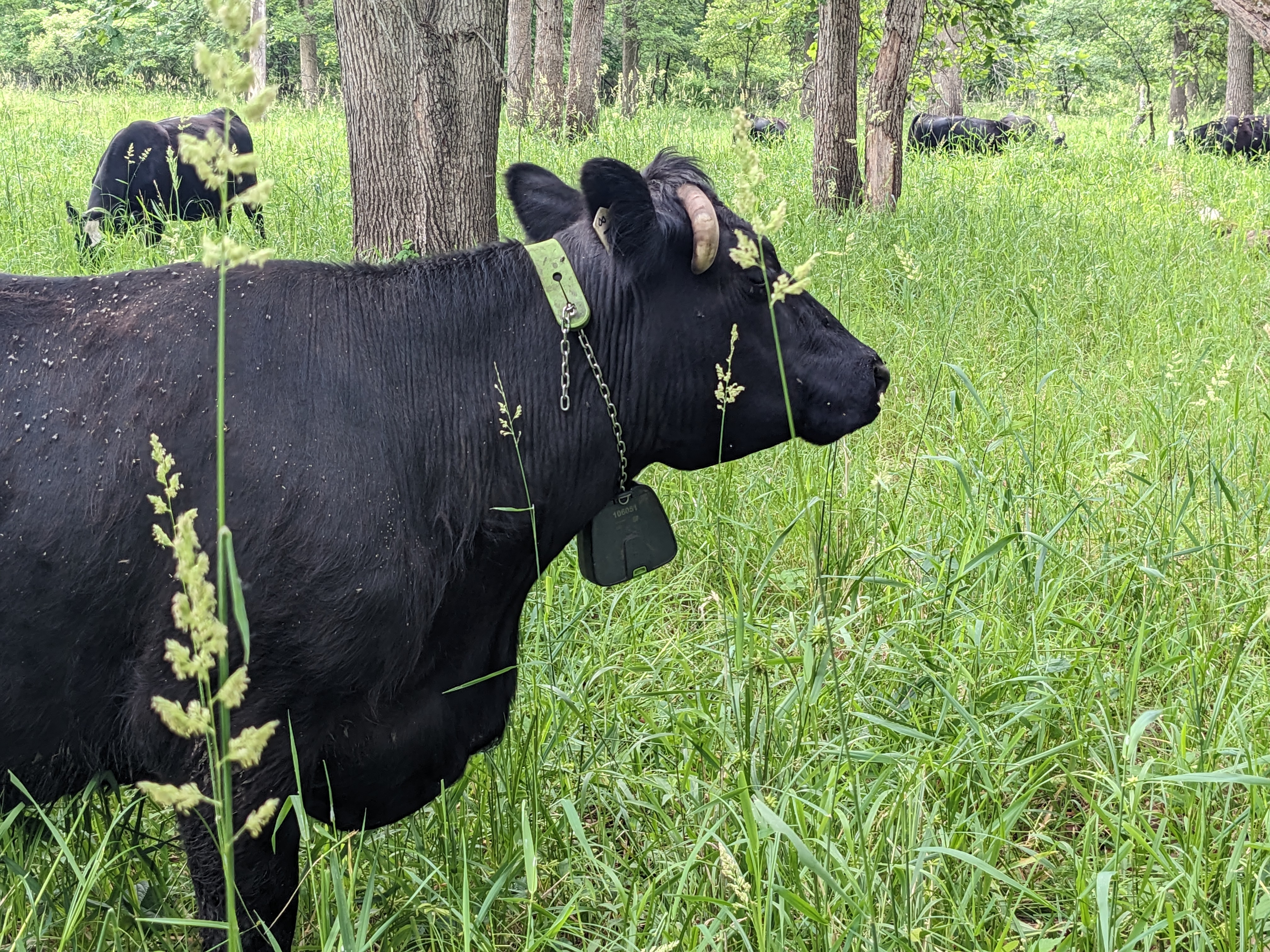
Published Articles
TNC is actively contributing to the body of knowledge on virtual fence technology by publishing science-based articles. These publications and TNC’s efforts to disseminate the information aim to advance the understanding and effective adoption of virtual fencing as part of a livestock operation’s larger regenerative ranch management plan.
Check out the articles:
Testing, Researching and Knowledge Sharing
Implementing a virtual fence system can be a complex and costly endeavor, especially for ranchers and land managers unfamiliar with the technology and equipment required. Recognizing these challenges, TNC is collaborating with public and private partners to research, test and implement virtual fence technology. By sharing findings, experiences and practical guidance, TNC is striving to make this innovative ranching solution more accessible, less daunting and highly effective.
Collaborative Research Pilots
In 2022, TNC and partners launched three 5-year pilot projects at working ranches in Kansas, New Mexico and Colorado. Each has its own unique set of partners and research goals. At the end of the pilots, the collective body of research will provide quantifiable evidence of whether virtual fencing can help ranchers better implement regenerative grazing practices that contribute to conservation and economic goals. Learn more about these projects:
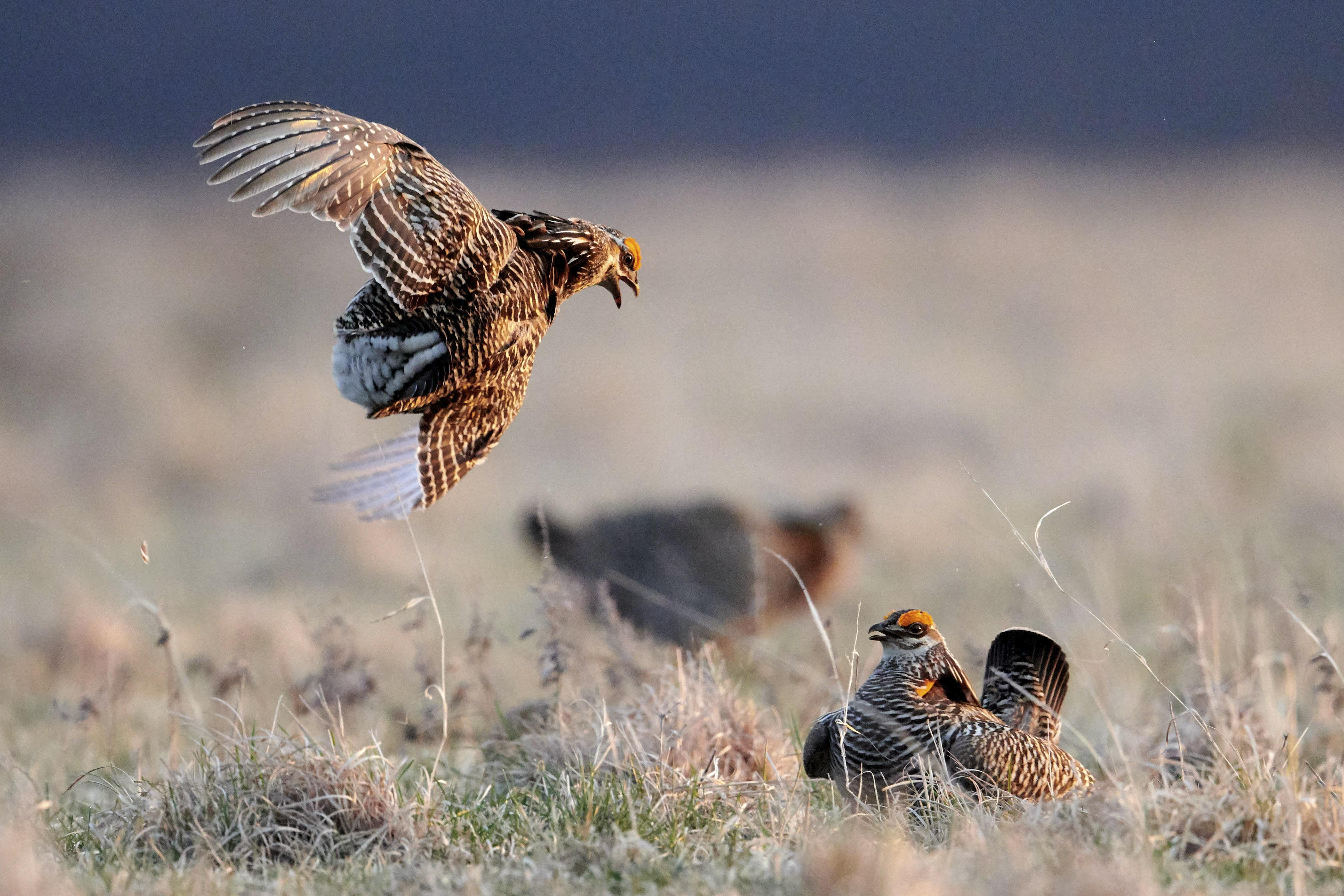
Kansas
TNC is partnering with a neighboring producer, Mushrush Ranches, to deploy virtual fencing technology in the Flint Hills, the largest remaining expanse of tallgrass prairie in the United States. This project was designed in partnership with:
- Kansas State University
- National Park Service
- Kansas Grazing Lands Coalition
- Tallgrass Legacy Alliance
- USDA Natural Resources Conservation Service
- Kansas Alliance for Wetlands and Streams
- USFWS Partners for Fish and Wildlife
Project partners aim to achieve win-win outcomes for conservation and ranch profitability, including improved habitat for grassland nesting birds like the greater prairie chicken, better water quality and improved pasture utilization.
Kansas State University, Point Blue Conservation Science and Colorado State University Extension are also conducting research to understand and document the impacts related to conservation and biological diversity, soil health and ranch economics, respectively.
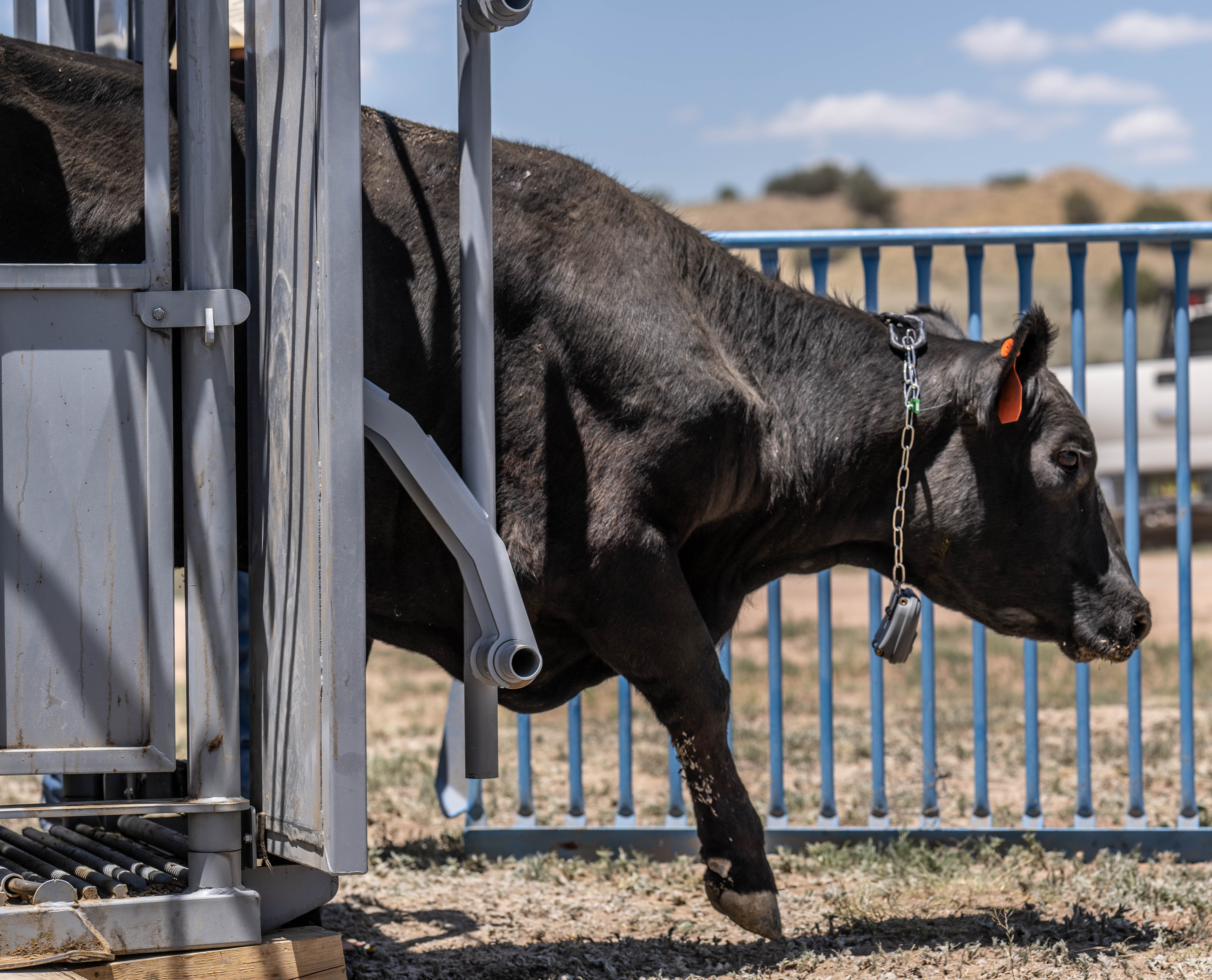
New Mexico
The Pueblo of Jemez, a federally recognized tribal nation and home to 3,400 tribal members, is the site of another pilot project. The Pueblo’s Natural Resources Department is working with researchers to explore how more flexible and precise grazing management activities—made possible by virtual fencing—contribute to environmental and economic outcomes on 15,000 to 20,000 acres of the Pueblo’s rangelands. Specifically, researchers will assess changes in ecological conditions, soil carbon and the livestock enterprise in the shrub-steppe ecosystem on the Pueblo’s grazing lands.
The Pueblo of Jemez is working in partnership with TNC, the Indian Nations Conservation Alliance, Colorado State University, Point Blue Conservation Science and others to develop grazing management plans and design research questions related to the Pueblo’s agricultural and natural resource management priorities.
To build capacity in the local community, plans include partnering with the Indian Nations Conservation Alliance to engage and train a tribal Youth Corps to collect range condition data integral to the ecological research. The Pueblo of Jemez Natural Resources Department is also working with Colorado State University to provide training opportunities for their early career staff.
Colorado
The Nature Conservancy is collaborating with Colorado State University, Point Blue Conservation Science and Camblin Livestock to study how virtual fencing can increase the adaptability and intensity of grazing management in the Lower Yampa Valley of Colorado. A biologically rich area, the Lower Yampa Valley features rare cottonwood forests, semi-desert shrublands and grasslands. It is also important habitat for the greater sage grouse and wintering species like elk and mule deer.
Camblin Livestock, a local family ranch, is working with researchers to improve range conditions and wildlife habitat by focusing the research on a short duration of grazing with a longer recovery period. They are using GPS collar data to inform grazing management by better understanding livestock use patterns. Also, the researchers and the Camblins are working to understand how satellite remote sensing of the vegetation can be integrated with virtual fencing. This project spans both private and public lands.
Stay in the Loop.
Get conservation stories, news and local opportunities from where you live.
Dig Deeper
Thinking about incorporating a virtual fence system on your land? Contact Amy Crouch to learn more about the two systems used in the pilot.
Grazing Across Diverse Habitats
The wide and functional floodplain habitats of the Land of the Swamp White Oak Preserve in eastern Iowa are a living laboratory, providing an opportunity to explore innovative management solutions for the benefit of people, climate and nature. Managed by The Nature Conservancy, the preserve is more than 4,000 acres and is located at the confluence of three major river systems. It’s part of a relatively intact wildlife corridor, boasting some of the state’s richest biodiversity.
TNC land managers are using a variety of conservation tools to maintain the preserve including partnering with local producers to manage invasive vegetation like reed canary grass with grazing cattle.
“The habitats at the preserve are very sensitive,” says Elizabeth Owens, land steward for TNC in Iowa. “We have high-quality floodplains and frequent flood events. So, using traditional fencing with grazing cattle is challenging in this environment, making herd management difficult.”
Virtual fencing technology offers a promising solution.
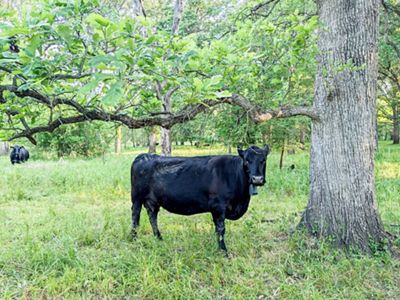
Embracing Innovation for Conservation
With a grant from the Wright Foundation for Sustainability and Innovation, TNC launched a 3-year pilot project at the Iowa preserve in the spring of 2023.
“This technology is relatively new but can have a tremendous impact on private and working lands in Iowa and beyond,” says Amy Crouch, Little Sioux project director for TNC in Iowa.
The pilot is among the first in the United States focused on relatively small grazing areas, as opposed to other pilots in the western United States that are larger. The potential impact is significant: virtual fencing could become a vital herd management tool across diverse landscapes, helping to improve biodiversity, soil health, water quality and producer profitability.
“Thousands of acres in Iowa have been identified for potential grazing, so the success of this project could have far-reaching impacts,” says Crouch.
Quote: Amy Crouch
This technology is relatively new but can have a tremendous impact on private and working lands in Iowa and beyond.
Amy Crouch
Little Sioux project director for TNC in IowaThe Pilot Project: Testing the Fence
During the first two years of the pilot, TNC staff tested and compared two different virtual fence systems. Initially, 51 cows, each outfitted with a GPS-enabled collar, were released into a small training field on the preserve, where they quickly learned how to interact with the virtual boundary. When a cow got too close to the boundary line, the collar emitted an audio tone that increased in pitch and volume as the cow moved closer and then a carefully regulated benign shock as the cow moved closer to the line.
After a week, the cattle were moved to a larger area containing virtual exclusion zones surrounding sensitive wetlands that could be damaged by overgrazing and hoof action. The exclusion zones kept the sensitive wetland vegetation robust and the water clear.

Benefits and Challenges: Learning from Experience
“As with anything new, we expected to see benefits and experience challenges,” says Crouch.
One of the systems had a particularly useful phone app that the staff used to track the movement of individual cows and monitor a cow expecting a calf. It was also easy to move select cattle from one area to another by selecting specific collars on the app and designating them to a new virtual pasture. Heat maps, a feature of the app, showed where the whole herd spent most of its time in a designated grazing area. Cows occasionally escaped the virtual boundary but could cross back and rejoin the herd without experiencing any stimuli. Once within the virtual boundary, they resume receiving the audio signals and benign shocks.
In terms of challenges, as collars from both systems failed or fell off, a “rogue herd” would form, grazing outside the virtual boundary.
The TNC team is sharing results and experiences with conservation partners and private producers. They’ve also held field days, giving participants an opportunity to see virtual fences at work first-hand.
“Virtual fencing looks to be the next great tool to facilitate conservation grazing on a larger more efficient scale, and TNC in Iowa has been a leader in the use of this technology, graciously disseminating their knowledge to conservation partners for potential use on their projects,” said Lucas Straw, natural resource biologist with the Iowa Department of Natural Resources.
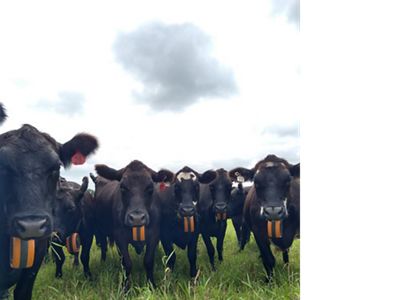
Looking Ahead: A Future of Regenerative Grazing
The TNC team in Iowa is planning continued product testing coupled with vegetation surveys to track the impact on forage consumption, invasive species reduction and native plant diversity, with the aim of unlocking new possibilities for regenerative grazing.
Stay in the Loop.
Get conservation stories, news and local opportunities from where you live.
More Grazing Stories

Anything But Plain
Some call this flyover country... We politely disagree. Get to know some of the amazing places that you've been missing in the Great Plains!
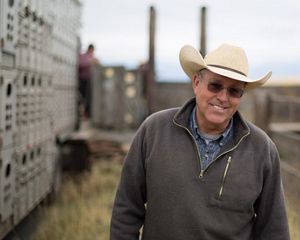
Common Ground Between Grazing And Conservation
Conservation easements ensure sustainability on Oregon’s Zumwalt Prairie Preserve.
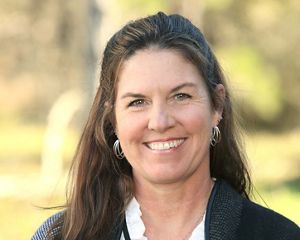
Q&A: Protecting Grasslands, Supporting Ranchers
Learn about grazing practices that benefit nature and people in this Q&A with Nancy Labbe, co-director of TNC’s North America Regenerative Grazing Strategy.
